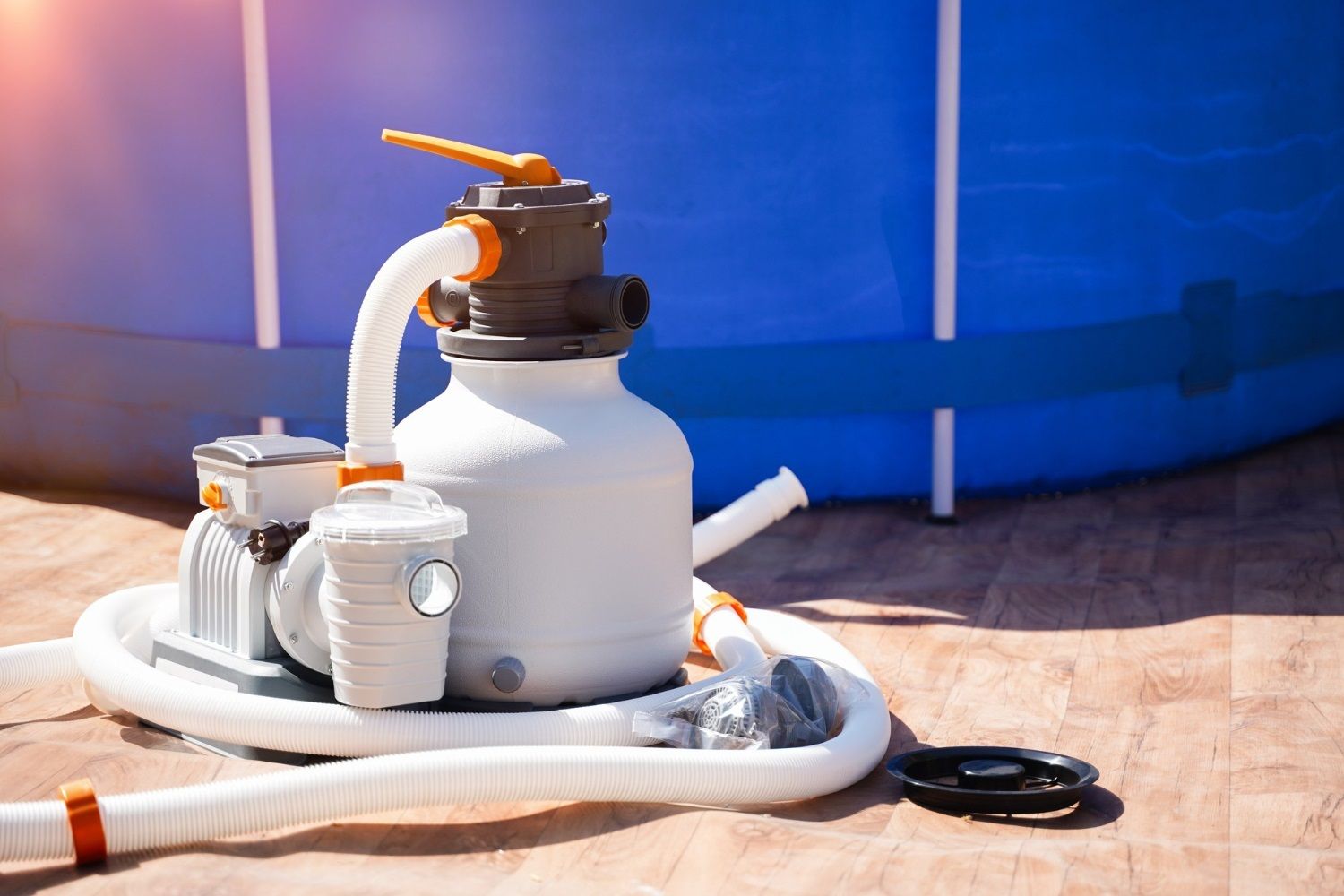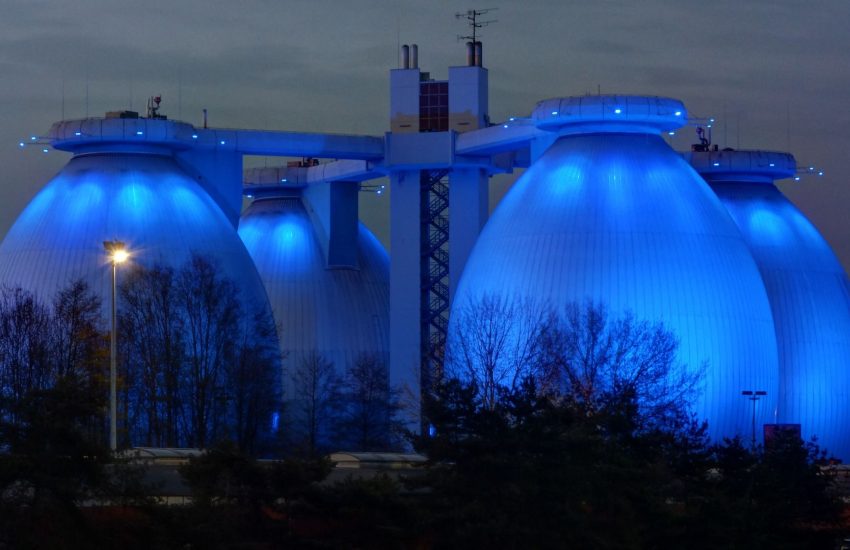Heat pump for swimming pool – how it works, how much it costs and how to choose the right one
Heat pump for swimming pool – how it works, how much it costs and how to choose the right one
It is not uncommon that the temperature outside is not conducive to swimming in the pool. In this situation, a good solution is to use a special heat pump to heat the water in the tank. These units are very economical, as they draw thermal energy from the environment.
It is crucial to choose the right pool pump, so you can significantly extend the swimming season.
The principle of operation of a pool heat pump
To maintain the comfort of the pool in the Polish climate zone, it is necessary to heat the pool. Otherwise, the time of active use of swimming water will be limited to the few warmest days in the summer season. To efficiently and inexpensively heat a body of water, it is worth using a pool heat pump. Investment costs in relation to operating expenses are lower in this case than with other heating sources. The operation of the pool heat pump is based on extracting heat from the ambient air and then using it to heat the swimming water.
This device draws energy from renewable sources, consumes little electricity and can operate automatically or through remote control. The swimming pool heat pump is currently the most versatile form of water heating – these devices can operate independently, or in a system with other heating equipment.
Choosing a pool heat pump
In order to accurately select a heat pump for a swimming pool, various parameters should be taken into account. Energy efficiency, determined by the cooling capacity factor, is crucial. The surface area of the pool that gives up heat is also important, as losses to the ground and upward can be different.
Much depends on the construction of the tank – indoor or outdoor and covered with foil. The higher the desired temperature of the pool water, the more powerful the pump should be. Not insignificant are the outdoor conditions that occur when using the pool. It is also worth taking into account the insulation of the cover used and heat gains from the sun.
In order to accurately select a heating system for the pool, you should also keep in mind the lifetime of the pool.

Selecting the power of the heat pump for the pool
The power of a heat pump for heating swimming water can be selected based on detailed design calculations, or on nomograms provided by manufacturers. The latter works well for typical private pools, due to the standard thermal needs for heating the water replenishing the basin. For public pools, the parameters are more demanding, mainly for hygienic reasons. Nomograms can be found in the user manuals and product sheets of most units. For example, a heat pump for a 30m3 swimming pool should be characterized by an output of 7.10 kW – 9.2kW.
It will successfully perform both in the case of periodic coverage of the water table and its absence. A heat pump for a 20m3 pool can have a lower output, in the range of 4.80 kW – 6.60 kW. Such a device is usually characterized by smaller dimensions.
A heat pump for a 15m3 swimming pool can be characterized by an even lower range of heating power, even up to 4.50 kW.
Advantages of a pool heat pump
By connecting the pool water directly to the heat pump, you can eliminate the need for an additional exchanger. The built-in component has sufficiently low resistance to be used in the circuit. The amount of operating costs of the pump is affected by various factors, including the level of insulation of the pool between the ground and the walls. It turns out to be most relevant in this regard to cover the surface of the water table when not in use, which reduces heat loss associated with water evaporation.
Special canopies, films and blinds are used for this purpose. Evaporation of water causes the greatest heat loss. The intensity of this process depends mainly on the difference in air and water temperature, humidity level, wind speed and water movement.
The use of a heat pump in the summer season significantly reduces heat loss, and thus reduces the operating costs of the tank.


